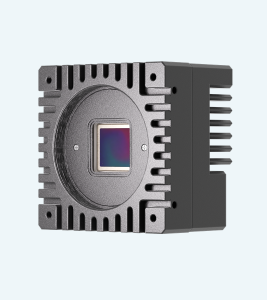The 16k line scan camera has significant benefits over lower resolutions, especially on the detail and inspecting of images. With a pixel count as high as 16,000, these cameras have better clarity for viewing as high production lines on high-speed production lines. For example, a report indicated that companies using 16k cameras realized a 25% rise in defect detection compared to the use of 2k models. More often, the 2k model captures only 2,048 pixels.
Fabric inspections in the textile industry often require very high resolution to detect defects. One of the major textile producers observes its ability to detect defects has improved 40% with a 16k line scan camera, thereby greatly reducing waste and ensuring quality of their product. Unlike these lower resolution cameras, sometimes the minute deviation in color cannot be captured and it results in even greater rejections in the quality control processes.
Precision 16k cameras in the electronics industry prove useful where PCBs are involved. High-resolution output identifies minuscule defects that can be easily skirted by the lower resolution models, which proved to achieve an accuracy rate of 95% in the identification of production errors in a study. One of the electronics giants cited how their defective product rate dropped by 15% following the adoption of a 16k line scan camera in their production process.

Apart from that, in food packaging application, one more critical requirement to meet safety standards is clarity. In its food packaging application, a leading food manufacturer installed 16k line scan cameras and stated that mislabelling cases reduced by 30% as it could involve heavy penalties imposed by the law. Compared to this, 60% is all that low resolution cameras tend to report in accuracy when it comes to label inspection; thus a non-compliance case might arise.
On the basis of speed, a 16k line scan camera is very efficient at running high speeds and captures images at speeds of up to 200 meters per minute without losing quality. Generally, at lower resolutions, it becomes difficult to run at such high speeds and might even cause bottlenecks on production lines. Industry experts assert, "Investment in high resolution imaging technology pays rich dividends in terms of efficiency and quality."
The long-term benefit can therefore be justified by the extra cost difference between a 16k line scan camera and other alternatives with lower resolutions. Despite the investment being high, an increase in precision and detection compared to product recalls means that companies save lots in the long run. Businesses that adopted 16k models claimed an average return on investment of 150% within the first year.
In summary, the 16k line scan camera surpasses all lower resolutions for most industries in applications and supports better-than-ever defect detection, compliance, and increased efficiency in high-speed manufacturing processes.
